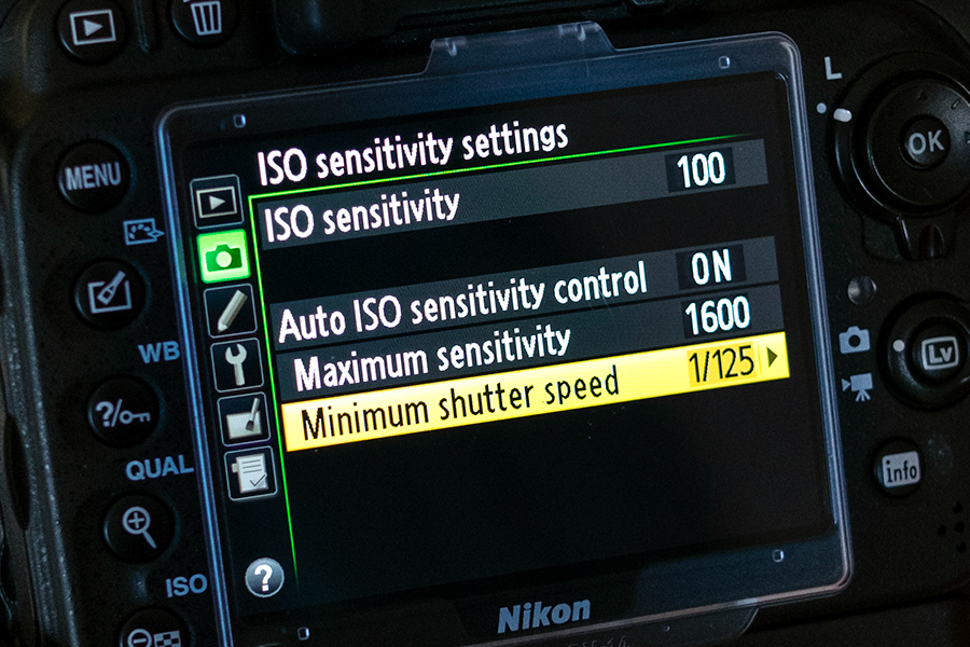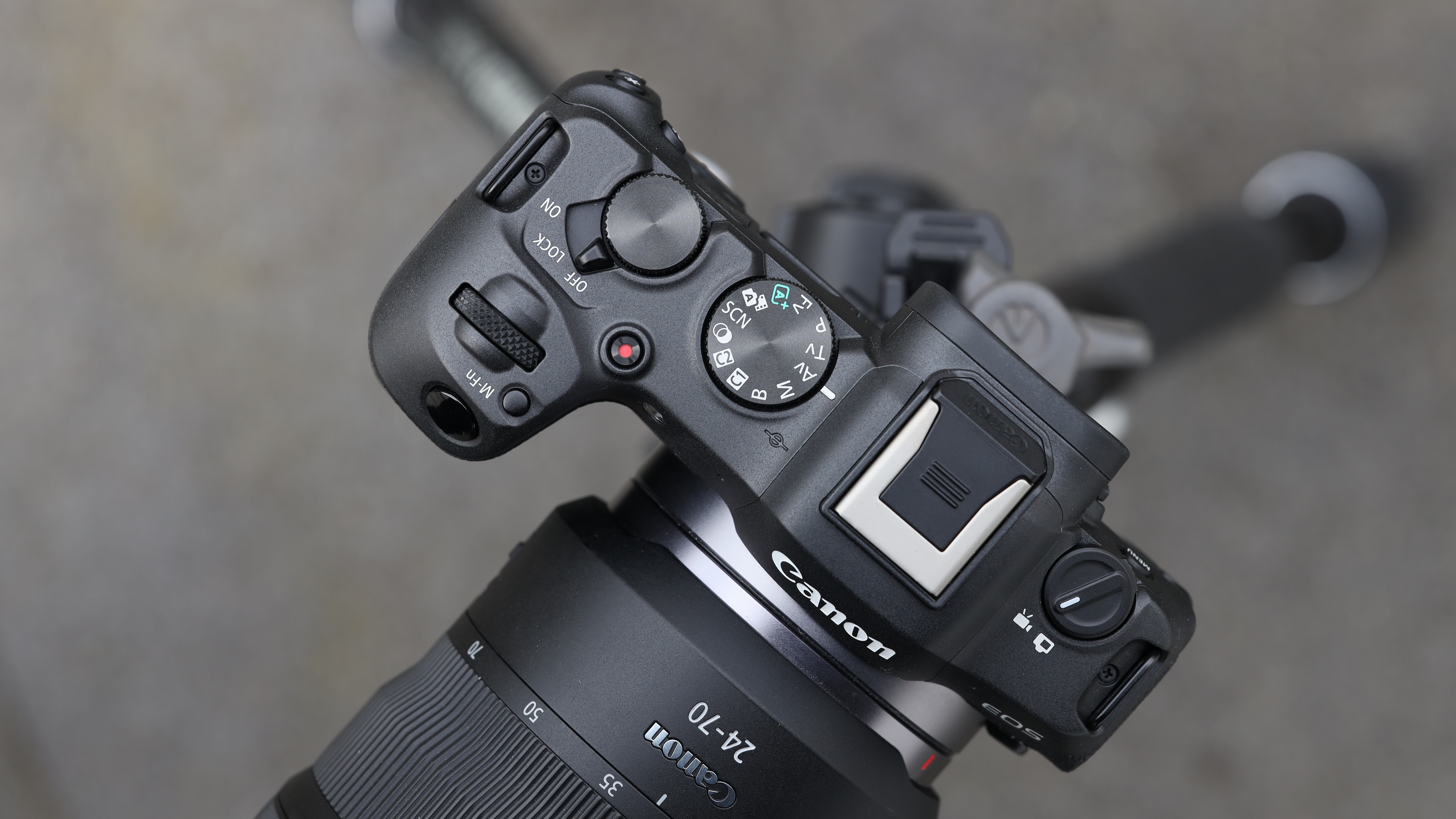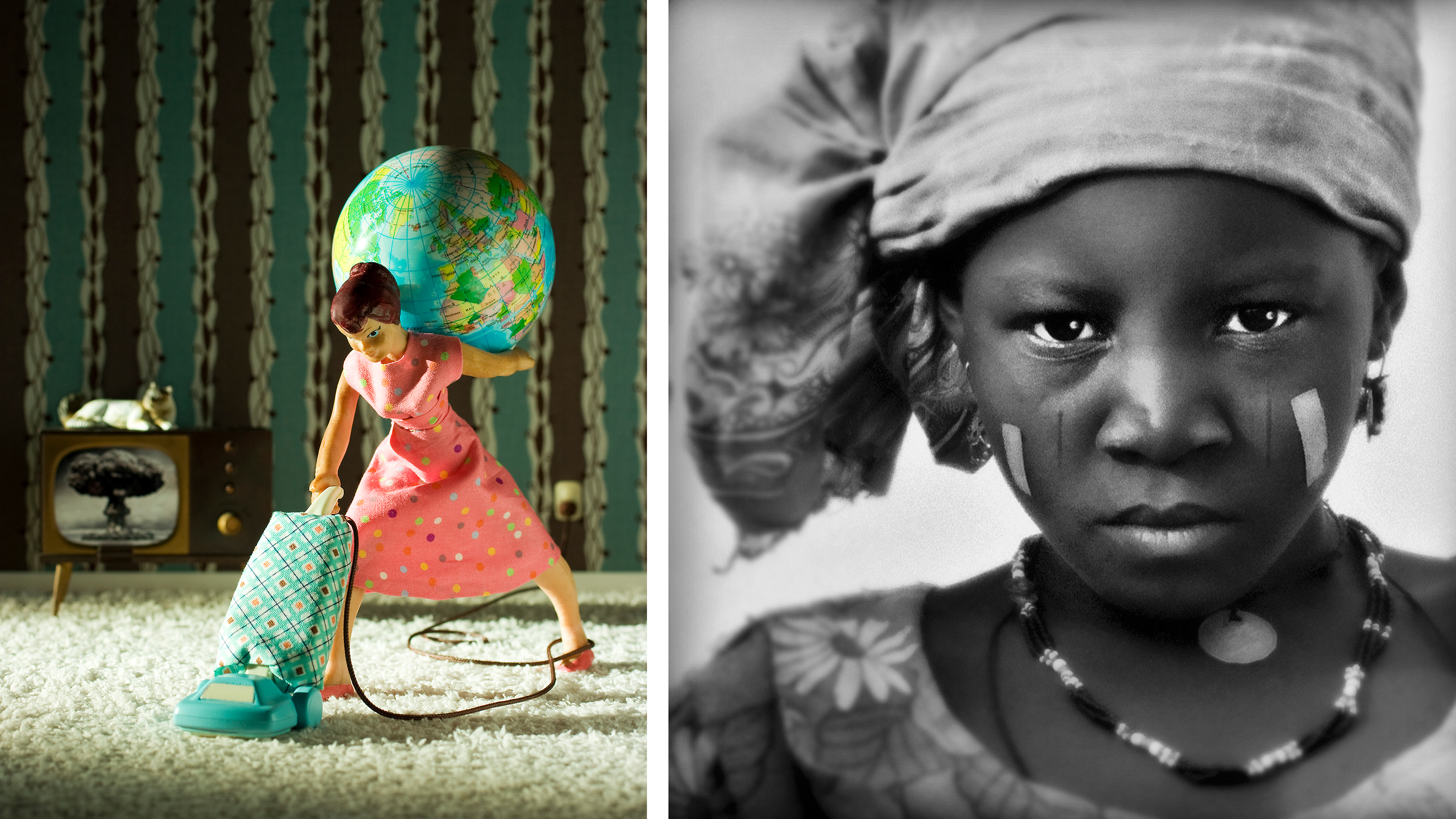Auto ISO on cameras is not as smart as I thought it was
I've been using Auto ISO for years as a safety net for low-light photography, but I may have been using it wrong

Auto ISO is a pretty simple idea. The camera increases the ISO by just enough in low light to maintain a 'safe' shutter speed. And if the light improves, it drops the ISO again. It's a great way to make sure that you always get a shake-free exposure while increasing the ISO by as little as possible.
I first started using it during my years on N-Photo magazine. Nikon's DSLRs always did Auto ISO rather well, with an 'Auto' setting for the minimum safe shutter speed with the option to make this automatic shutter speed 'slower' for expert hand-holders or 'faster' for hopeless hand-holders like me.
Honestly, you should try it. Auto ISO is just a brilliant way to guard against slow shutter speeds and blur when shooting handheld. Obviously you'll switch it off for tripod shots and long exposures, but the rest of the time it does nothing when it's not needed and might just save your shot when it is.
But I've realized Auto ISO is not quite as smart as I thought it was. And on some cameras it's not very smart at all.

What, Auto ISO doesn't know about stabilization?
I tried this on my Nikon D800, and realized that switching the lens VR on or off makes no difference to the camera's minimum shutter speeds. Now the VR on my AF-S 24-120mm f/4 is definitely good enough for a couple of stops of shake compensation even on a bad day, but the Auto ISO shutter speeds came out the same for both VR and non-VR shots. And the camera body does know about VR because the VR status is recorded in the EXIF data.
So that was disappointing, but not as disappointing as trying a variety of RF lenses on my Canon EOS R8, which not only ignored whether the lens IS was on or off, but didn't seem to take much notice of focal length either.
True, at the opposite ends of the zoom range on my RF 24-105mm STM lens, it did change the minimum shutter speed (from 1/60sec to 1/125sec), but that's not much of an adjustment for a 4x focal distance change.

Worse, it decided the best minimum shutter speed was 1/60sec across four very different lenses: the RF 24-50mm, which has IS, the RF 24mm f/1.8 IS, the RF 35mm f/1.8 IS, and the non-stabilized RF 50mm f/1.8. To me, 1/60sec on an unstabilized 50mm lens is some way from 'safe', while 1/60sec on a 24mm lens with 5 stops of IBIS (allegedly) is overkill.
It's made me check my OM System gear, which I reckon has perhaps the best IBIS there is, and even shooting at 24mm equivalent, the camera doesn't want to go slower than 1/60sec – it would rather increase the ISO first.
All of this makes me wonder if camera Auto ISO systems actually understand the makers' IBIS systems and lens IS systems at all? It also makes me wonder if there's a better way to optimize ISO that keeps it low and makes best use of image stabilization systems.
Not all blur is camera shake
So this is the first thing. Image stabilizers can correct camera movement but they can't correct subject movement. Let's give camera makers the benefit of the doubt. It's possible that their Auto ISO algorithms leave out hardware stabilization because they are trying to prevent excessive subject movement, not just camera movement. That's possible.
If that is the case, though, I'd rather have two Auto ISO modes – one for moving subjects and another solely for camera shake.

Test it yourself
My second suggestion is that you do your own tests to find out what sort of hit rate of sharp shots you get at different lens focal lengths and shutter speeds. Don't set too much store by published CIPA stabilization measurements. I can never get close to those with any camera, and I don't suppose I'm the only one.
Instead, switch to S or Tv mode, then try a series of shots at different shutter speeds to work out the minimum shutter speed for a good hit rate of sharp shots – let's say 9 out of 10 is good (10 out of 10 is unlikely).
From now on, if you need to shoot in low light you can swap to S or Tv mode, choose your own safe minimum shutter speed for that lens or focal length, and leave the Auto ISO to do its stuff. That way, you'll get proper benefit from the stabilization system and you'll probably shoot at lower ISOs.
Despite what we're told, cameras sometimes aren't smart enough to make the decisions.
Get the Digital Camera World Newsletter
The best camera deals, reviews, product advice, and unmissable photography news, direct to your inbox!

Rod is an independent photography journalist and editor, and a long-standing Digital Camera World contributor, having previously worked as DCW's Group Reviews editor. Before that he has been technique editor on N-Photo, Head of Testing for the photography division and Camera Channel editor on TechRadar, as well as contributing to many other publications. He has been writing about photography technique, photo editing and digital cameras since they first appeared, and before that began his career writing about film photography. He has used and reviewed practically every interchangeable lens camera launched in the past 20 years, from entry-level DSLRs to medium format cameras, together with lenses, tripods, gimbals, light meters, camera bags and more. Rod has his own camera gear blog at fotovolo.com but also writes about photo-editing applications and techniques at lifeafterphotoshop.com
